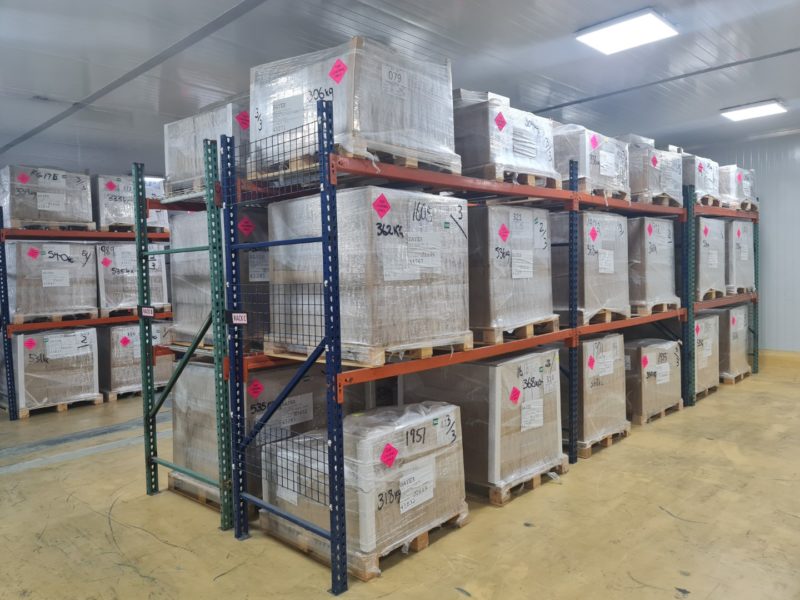The global food chain relies on refrigerated storage to ensure that fresh and perishable foods reach their destination safe and healthy. This article outlines some of the key issues related to refrigeration and how they impact the environment and our health.
Refrigeration systems are used to control and preserve temperature in food storage, transport and in the home. They are also used for pharmaceutical storage and are a critical part of the cold chain.
Carbon Footprint
Refrigeration systems are energy-intensive facilities, and as a result, they produce significant amounts of carbon emissions. This includes leakage-associated and energy use-related emissions.
Consequently, reducing the carbon footprint associated with refrigerated storage is an important goal of many companies. It can be achieved through a number of different approaches.
For example, lap dat kho lanh thuc pham nha hangsome companies may choose to reduce the number of refrigeration units or purchase more energy-efficient ones. They can also minimize the carbon emissions by switching to renewable energy.
Additionally, they can minimize the number of trucks by utilizing smaller lot sizes. In this paper, we address the problem of minimizing the total operational cost and carbon footprint generated in the case of cold products exhibiting a time-varying demand over a finite planning horizon.
We present two mixed integer programming models to tackle the case where the carbon cap is defined over the whole planning horizon and then the more stringent version with the cap being imposed on each period’s emissions. In addition, a one-way sensitivity analysis is conducted on key model parameters to assess their impact on the lot sizing policy and the operational cost and carbon footprint generated.
Temperature Control
Temperature control is a critical logistics discipline that ensures the proper storage, preservation and shipment of perishable goods. Its main objective is to maintain an unbroken ‘cold chain’ at all stages of the transportation cycle.
Cold temperature conditions are critical to maintaining the quality of perishable products like meats, fish, dairy products, vegetables, fruits and medicines. Temperature fluctuations can cause the growth of pathogens and may also affect the safety of these goods, which is why it’s crucial to have proper refrigeration systems.
Compressor-based refrigeration and freezer systems offer a high coefficient of performance (COP) to efficiently deliver precise temperature control below ambient. They also feature an array of failsafe measures to prevent abnormal temperatures and provide backup power in case a compressor fails.
Frozen Food
Frozen food is a popular choice for many consumers who don’t have the time to prepare their meals from scratch. It also allows people to eat more healthily since the freezing process preserves nutrition and quality of the food.
Freezing keeps foods safe by slowing the movement of molecules, preventing microorganisms that cause spoilage and foodborne illness. However, long storage at 0degF can affect food quality.
Fruit and vegetables, fish, meat, poultry and other fresh foods stored properly in a freezer maintain their vitamin content, color, flavor and texture for months. It is important to store them below -18degC or they will become discoloured and lose their nutritional value.
When freezing foods, make sure to use airtight containers and packaging made specifically for the freezer. This includes hard plastic containers, freezer paper and heavy-duty aluminum foil.
Storage Options
There are many different types of refrigerated storage available for businesses and facilities. These include cold rooms, cold containers, and blast freezers/chillers.
The type of storage you choose depends on what your facility is doing and what your needs are. Your cold storage builder can talk you through the options available.
For example, if you’re a foodservice company with a lot of undercounter and prep areas, reach-in refrigerators can be a good solution. These units provide additional storage for your prep area and can be offered in solid or glass door models.
High-density storage is another option that can help you reduce space requirements or increase the number of items you can store in a given amount of room. It uses mobile racks that move to create aisle spaces that allow you to access your stored items as needed. This can help you reduce power consumption by optimizing for space and traffic flow.
